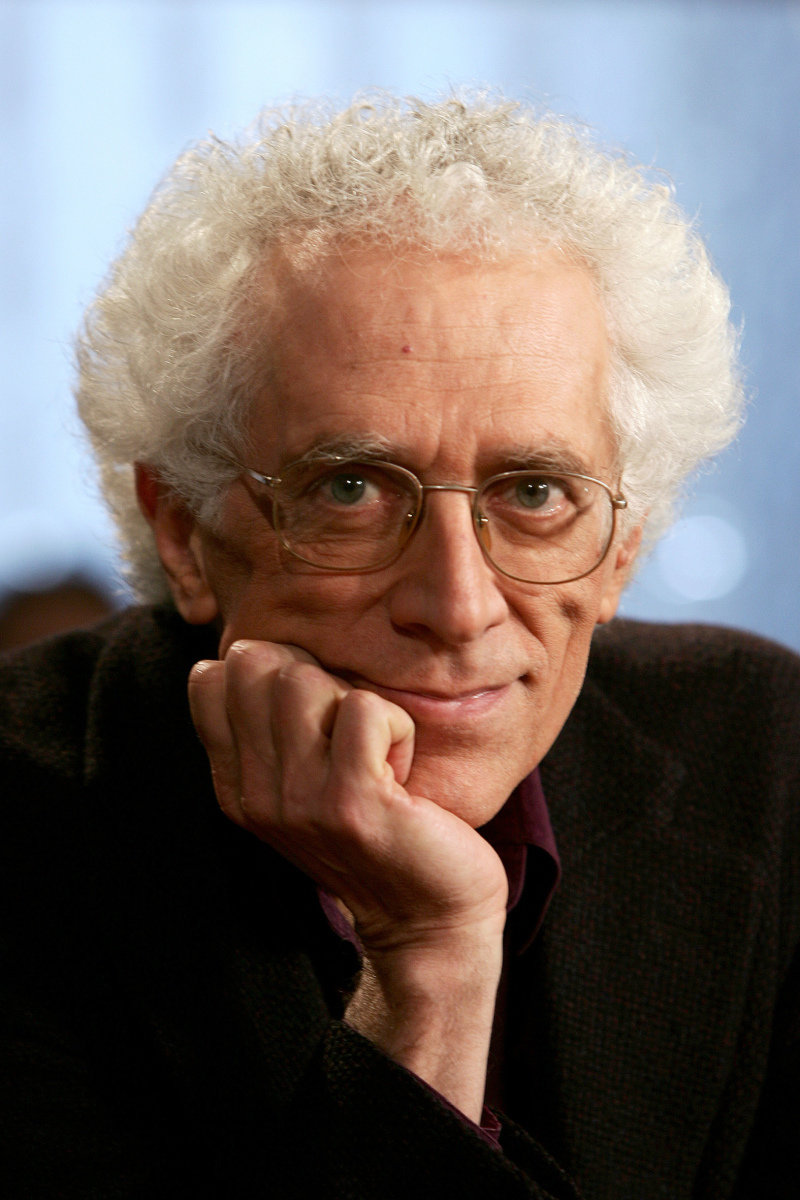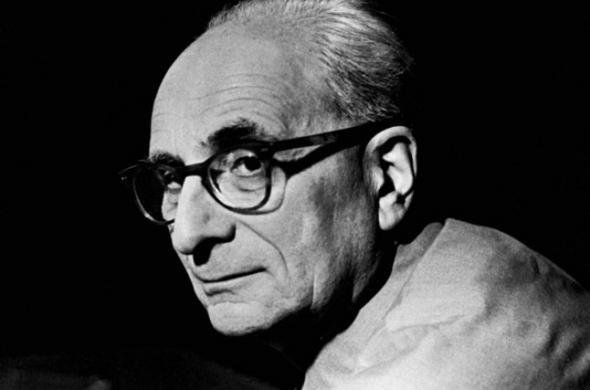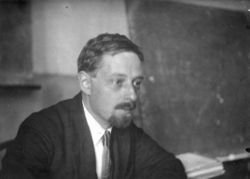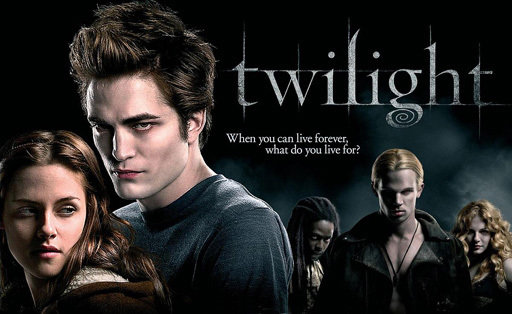Media Theorists





Todorov's Five Stage Theory
Tzvetan Todorov tried to simplify the idea of narrative theory but at the same time allowed a more complex interpretation of film with his theory of equilibrium and disequilibrium which he splits into 5 stages.
1. A state of equilibrium; when everything is as it should be in a state of equal balances between powers and everything is of equal importance.
2. A disruption of that order by event (disequilibrium)
3. A recognition that disorder has occurred
4. An attempt to repair the damage of disruption
5. A return or restoration of a new equilibrium at the end of a narrative.
In these stages, the narrative is seen as a circular structure than a linear structure. The narrative is driven by attempts to restore equilibrium but the equilibrium achieved at the end of the narrative is not equal to the equilibrium in the beginning.
Levi Strauss - Binary Opposition
Binary opposites tend to be used in films particularly horror films as these tend to involve binary opposites in their plots.
Good and Evil is the most common binary opposition shown to the public through media. Other binaries include sane and insane, rational and irrational , human and supernatural.
Binary opposites tend to be the basis of the audiences understanding of the story, as it is a conventional narrative and enables equilibrium also helps with plots in films and to reinforce the lyrics behind the music video

An example is Twilight binary opposition is shown , as it shows the idea that werewolves vs vampires with this idea being developed through the entire movie
Propp's Character Theory
Vladimir Propp developed a character a theory for studying media texts and productions, which indicates 7 broad characters types that he analysed.
The hero - tends to lead the narrative, usually looking for something or wants something solved, The aim is to succeed.
The villain - struggles against the hero, tends to be morally bad, audience turns against them, stop hero achieving their goal.
The dispatcher - sends hero on his mission.
The donor - gives the hero something , like magic or a weapon which enables the hero to complete their quest.
The helper - supports hero (sidekick) also appears at the critical moments in the narrative.
The princess - either an object which the hero is trying to find or the hero's reward.
The false hero - appears to act heroically, meaning they are mistaken for a real hero, tends to get credit for their work alongside gaining respect from the princess's father.
Barthes Semiotic Theory
Roland Barthes describes the text as "galaxy of signifiers, it has no beginning or end; its reversible, we can access to it by several entrances none which can be authoritatively declared to be the main one. "
1. The hermeneutic code (vioce of truth) is the way the story avoids telling the truth or revealing facts in through out to help create mystery.
2. The enigma/proairetic code (empirical voice) is the way tension is built up which leaves the audience guessing what happens next.
3. The semantic code (voice of the person), the semantic code to any element of the text that suggests a particular, often additional meaning by a way of connotation which the story suggests
4. The symbolic code (voice of symbols) similar to the semantic code but on a wider level putting semantic meanings into deeper and broader sets of meaning done in use antithesis , where new meaning arises out of opposing and conflict ideas.
5. The cultural code (voice of science) looks at the audiences wider cultural knowledge,morality and ideology
Neale's Genre Theory
Steve Neale argues that pleasure is derived from 'repetition and difference' and that there would not be pleasure without difference. We may derive pleasure from observing conventions of the genre are manipulated.
We may also enjoy the stretching of a genre in new directions and the consequent shifting of our exceptions.
He also argues that Hollywood's generic regime performs twp into-related functions;
a) to guarantee meanings and pleasures for audiences
b) to offset the considerable economic risk of industrial film production by providing cognitive collateral against innovation and difference.
Neale believes that genre is constituted by specific systems of expectations and hypothesis which inspectors bring with them to the cinema and interacts with the film itself during the viewing process.
Representation Theory
By ayosmedia
Representation Theory
- 66

